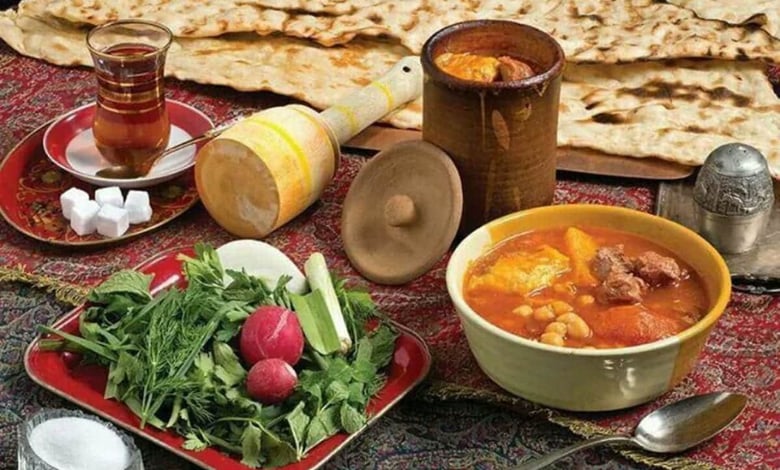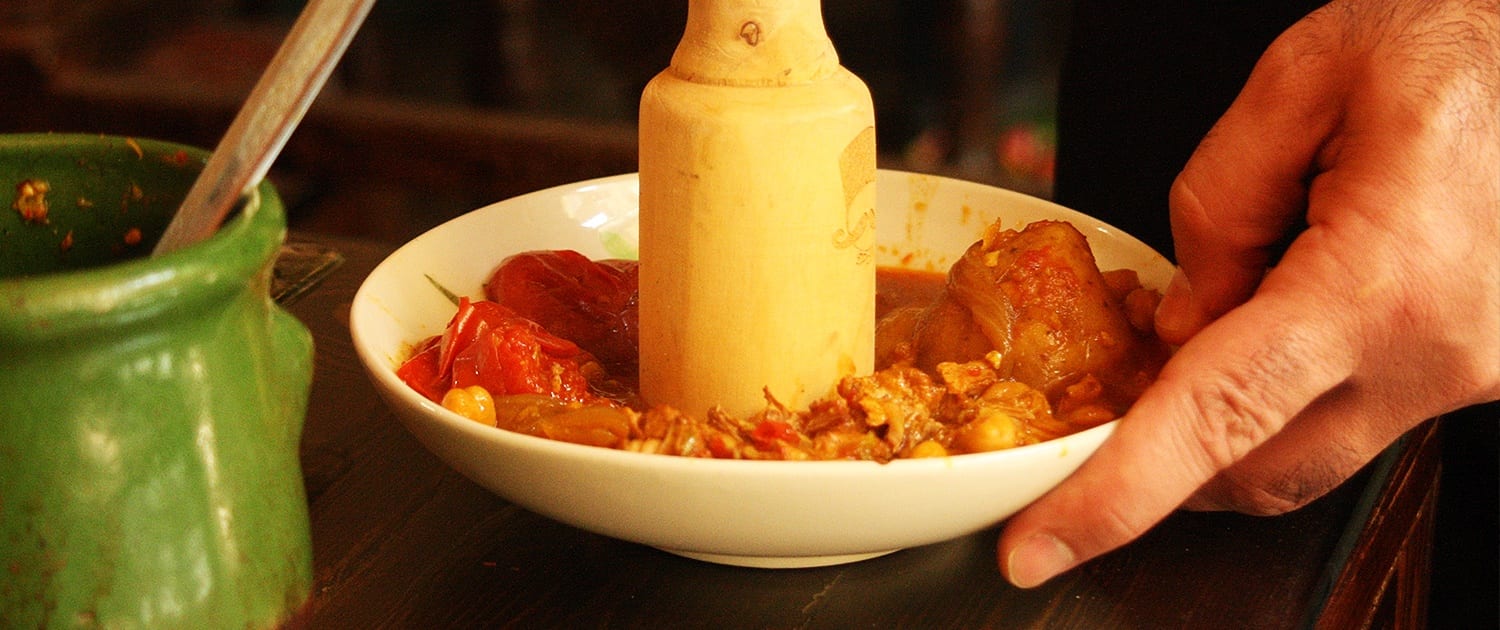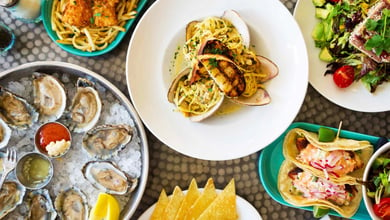What If We Had To Recommend Only One Persian Meal!

As an Iranian if someone asked me what if I had to recommend only one Persian meal i’d definitely say Abgoosht or Abgusht.
Abgusht is the most traditional Iranian dish. It is cooked with meat, potatoes, peas, beans, onions, and dried limes, and is spiced with turmeric. It has been enjoyed by our Persian ancestors over the centuries and still remains as one of the most popular meals in Persian culture.
Contents
The Ingredients of Abgusht
The ingredients of abgusht vary from region to region. The most common version uses only chickpeas and no tomato purée/ tomato paste.
The recipe given here includes potatoes, red kidney beans and split peas, as well as tomato purée. It is a very easy dish to make, but it has to be cooked slowly in order for the flavours to develop.
In order to observe the traditional customs, use traditional dishes, the best one is Dizi. It is noted that the kind of dish has a role in provoking appetite. Try to use beautiful and traditional dishes and Chinese pitchers with roses design or cuprous jugs.

The Traditional Way of Eating Abgoosht
The traditional way to serve abgusht is to strain the liquid into bowls to serve as a broth, then pound the cooked meat and other ingredients in a food processor or using a pestle and mortar or potato masher.
You can pound the mixture until it is smooth or for a shorter period to retain the texture of the components.
This is called Gusht koubideh: literally, pounded meat. Serve separately on a platter with peeled, quartered fresh onions and warm flat bread. The meat can also be eaten cold as a sandwich filling in pitta bread.
Abgusht is a rich and nutritious dish, suitable for cold winter days. It combines complex carbohydrates, protein and fat, and with side dishes of fresh herbs and yogurt it makes a healthy balanced meal.
Traditionally a poor man’s dish, it has come into its own in recent years for informal family meals.
Persian Clay Pot Pottery Dizi
It used to be made with the cheapest cuts of lamb and animal fat. In the old tea houses and caravanserai, specially made individual clay pots were used to make abgusht.

All the ingredients were put into the pot, a small quantity of water added and the lid was then sealed with mud.
Abgoosht (Persian Lamb and Chickpea Stew) Recipe
The pots were buried in the ashes of the wood stove and left to cook slowly. Today, better-quality cuts of lamb such as leg or shoulder shanks are used.
Traditionally, the broth is strained off and served as a soup with pieces of bread floating on the surface like croutons. The meat and pulses are pounded together and eaten with fresh herbs and warm flatbread.
Read More




